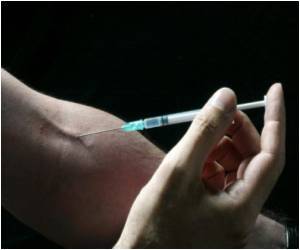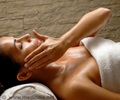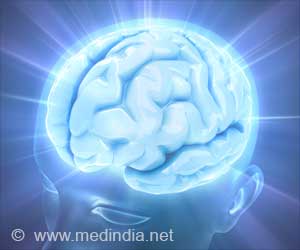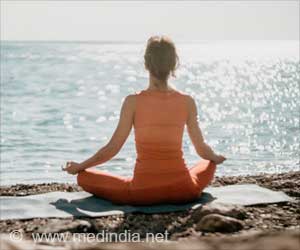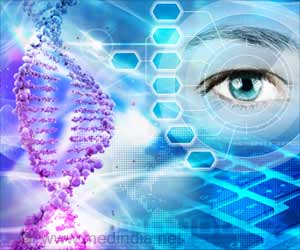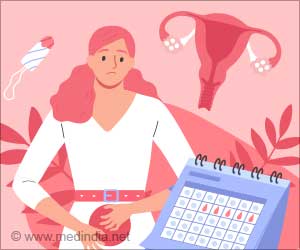Dr. P.B. Lohiya suggests treatment and cure for long term illnesses through acupuncture and acupressure therapy.

A. People seek acupuncture treatment for common disorders like Paralysis, Knee pain, Lumbar pain, Slip Disc, Spondylosis, Frozen shoulder, Sciatica, Mental Retardation, Epilepsy and Bronchial Asthma . However as we are basically Allopathic doctors, we get patients seeking acupuncture even for Diabetes, Hypertension, Parkinsonism, Hormonal disorders, Obesity, and also disorders like Optic atrophy, Nerve deafness, Motor Neuron Disease, Myasthenia gravis, Myopathy, Urinary incontinence, Infertility etc
Q. What is the difference between acupuncture treatment and acupressure treatment?
A. Acupuncture is more effective than acupressure. So in mild or moderate disorders, Acupressure treatment is advised whereas in severe disorders Acupuncture is administered. About 20-30 sittings of acupuncture are given every month and the patient is trained into acupressure that they can do on themselves. Acupressure can be executed anywhere and at any time and it has an important role to play in acute disorders and during an emergency, such as giving First Aid. As acupressure can be self- administered there is a cost saving to the patients. Acupressure is preferred for very old, debilitated, serious patients or new born who may not be able to tolerate acupuncture.
Q. It is fascinating that acupuncture and acupressure treatments cover a wide range of health issues. Are there specialists for nervous disorders, eye complications, in other words is it compartmentalized like Modern Medical Science?
A. Experts in Acupuncture are very few so we can’t have compartments as in Allopathy. Moreover, Allopathy treatment is suggested symptomwise whereas in Acupuncture we can find out the basic cause of the illness in the body and treat it. This cause can be anywhere else in the body hence compartments are neither possible nor advisable. Paramedics mainly treat pain & paralysis whereas medical doctors who are also experts in acupuncture treat disorders of all systems irrespective of whether it is abdominal or respiratory problem.
Q. People’s first choice in case of Parkinson’s disease, Cerebral Ataxia, Cerebral Palsy and other neurotic disorders, is usually to avail modern medical treatment, so at what point do people resort to acupuncture and acupressure treatments?
A. Patients suffering from Neurotic disorders like Parkinson’s, Cerebellar ataxia, Cerebral Palsy etc choose Modern Medicine to start with, but later they find no improvement or get fed up with lifelong treatment. Furthermore these treatments only suppress the symptoms and not treat the root cause. It is then that these patients try alternative systems like acupuncture in search of cure or at least better relief.
Q. Is there scope for acupuncture to be incorporated into modern medical treatment? Can patients undergo both treatments i.e. internal medication from modern medicine and acupuncture/acupressure treatments externally?
A. Patients can take to Modern Medicine and acupuncture simultaneously, as the mode of action is different in the two treatments. Modern medical drugs will give symptomatic relief by suppressing the symptoms, whereas Acupuncture can treat the root cause of the disease and correct the imbalance of the Five Elements in the body. Acupuncture doesn’t offer instant relief to patients. So Modern medical drugs can be given in the meantime to relieve the patient from suffering and then the drugs can be slowly tapered off as acupuncture treatment continues.
Q. Pain experienced differs from one person to another, depending on age, the nature of the medical challenge etc. How do you ascertain the pressure to be employed on a patient?
A. Pain threshold of each patient is different. It is high in poor patients and villagers whereas it is low in rich and urban population. Moreover thickness of skin also matters. In Acupressure we start with moderate pressure and then adjust it according to the patient so that he or she will have “Comfortable Pain”!
Q. How is the reception for acupuncture treatments in India? How has it advanced technologically?
A. When I stopped my allopathy practice and switched over to Acupuncture in 1982, reception for Acupuncture was rather poor because it was something new and it was difficult for patients to believe that a disorder could be treated without a drug and that too by pricking needles. I felt like I was swimming against the stream. However things have changed now. Day by day acupuncture is becoming increasingly popular. Educated patients who know that chemical drugs can harm kidney and liver are in search of drugless therapies. People are more open to an acupuncturist who is basically an allopathic doctor, maybe because they feel safer that since the doctor knows the anatomy none of the nerves will be damaged while needling. Earlier the diagnosis was based on the examination of pulse, tongue, nails, iris etc so it was a highly skilled manoeuvre but now due to the advancement of technology we can record the graph of energy in all meridians and that of the Five Elements which helps us to locate the root cause of a disease. These are particularly helpful while treating Diabetes, Heart or Kidney problems and so called incurable disorders like Motor Neuron Diseases (MND) or Myopathy.
Q. How well is acupuncture treatment received in India and the rest of the world?
A. Acupuncture is very popular in Eastern countries like China, Japan, Hong Kong, Malaysia, Taiwan, Korea, Vietnam etc. In Europe and Russia many patients prefer acupuncture but mainly for painful disorders. In USA, Canada, Australia and India it is picking up roots day by day. With a rising demand these days, it appears that Acupuncture may become a main stream medicine in another 50 years.
Q. What is the ideal age for a patient to come in for treatment? Is it advisable to bring in infants?
A. For acupuncture we accept patients within the age group of 6 months to 90 years provided the general condition of the patient is good enough to tolerate needles. Whereas others, especially patients who are afraid of needles, we choose non-needling methods like acupressure, LASER, Moxibustion etc. In infants we avoid needling the scalp area if fontanelles are not closed.
Q. Are there dietary restrictions while a patient undergoes treatment?
A. In Acupuncture, tastes such as Sour, Bitter, Sweet, Pungent and Salty are harmful respectively for Liver, Heart, Spleen, Lung and Kidney. Accordingly we restrict the diet. In diabetes and obesity we recommend low calorie diet. In case of hyperacidity we advise the patient to avoid coffee, spicy food, sour-tasting food, toor dal etc. Dietary restrictions in Acupuncture treatment are more compared to Allopathy and less compared to Homeopathy and Ayurveda.
Q. Apart from sterilized or disposable needles, what else should one look out for while approaching an acupuncture specialist?
A. Most important thing the patient has to do is to search and find a qualified and certified acupuncturist. There are a crop of unqualified acupuncturists in our country! For painful disorders much skill is not required but for the treatment of medical disorders like Diabetes, Heart or Kidney problems a highly skilled acupuncturist who is basically a medical doctor having enough experience in Acupuncture must be sought. Acupuncture is a matter of skill. Apart from correct diagnosis, proper selection of points in the body, accurate location – correct depth – direction- stimulation of needles is very important. The key has to be exactly in the keyhole only then the lock will open! Disposable needles are preferable to prevent the possibility of contracting AIDS or Hepatitis B. India being a developing country, patients can’t afford disposable needles so we give a separate set of needles to every patient.
Q. Can you suggest an acupressure habit a person can do and be healthy?
A. Everybody should do acupressure for one minute daily at the following pressure points -
DU 14- Depression below C7 Vertebra - most prominent vertebra on the neck
LI 11- Outer end of elbow crease
ST 36- 4 fingers below outer side of knee joint SP 6- 4 fingers above tip of medial malleolus of ankle
These points increase the immunity and maintain temperature, Respiratory. rate, Pulse, blood pressure, enzyme level, hormone level and blood sugar level in the normal range.
The prospect of needles and pressure relieving pain is certainly fascinating. Though acupuncturists and acupressure experts are few, the demand for alternate medication has always been there. The possibility of adopting both allopathy and acupuncture helps patients gain more confidence when a patient wants to resort to remedies outside of the modern medicine such as acupuncture therapy. Medindia thanks Dr. P.B. Lohiya for sharing his insight in Acupuncture and Acupressure therapy.
Source-Medindia

